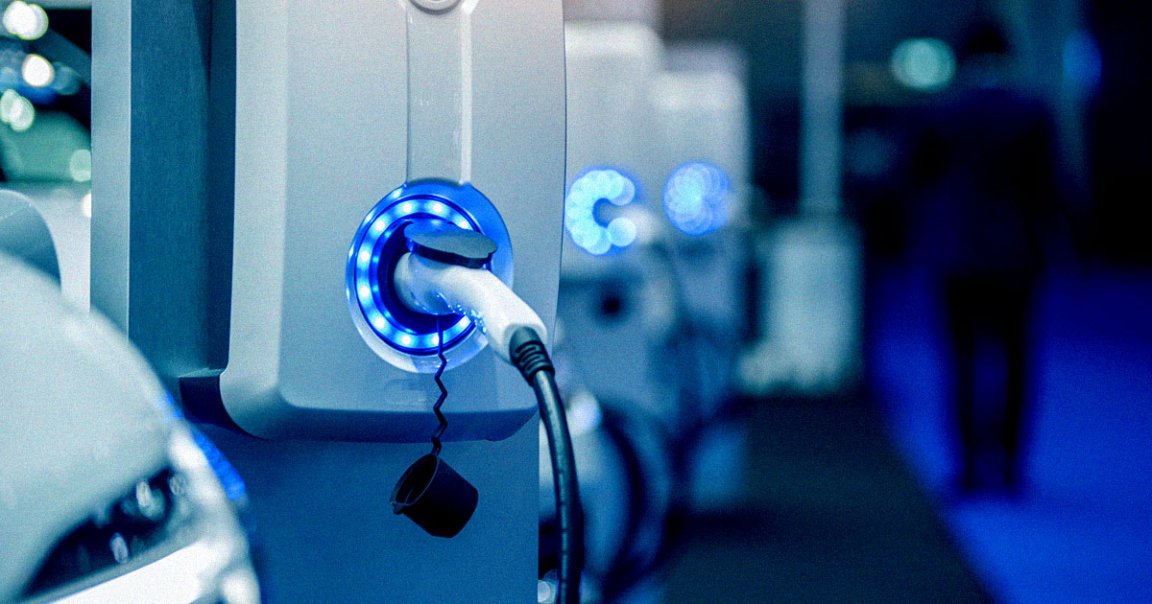
Colossal Crackdown
President Joe Biden’s administration is aiming for as much as 67 percent of new passenger cars sold to be EVs by 2032, The New York Times reports — and it’ll be imposing some of the strictest car pollution limits in the world on automakers to get there.
The exact details of those limits will not be announced by the Environmental Protection Agency until Wednesday, but according to the NYT‘s sources, they are intended to “accelerate the transition to a zero-emissions transportation future, protecting people and the planet” by ensuring the total amount of vehicles automakers sell don’t surpass a tight emissions limit.
The absolute minimum is for EV sales to account for at least 54 percent of all new cars sold by 2030, which would still be a drastic step up compared to the meager 5.8 percent of sales EVs achieved last year.
Industry Change
If the regulations go through — they’ll almost certainly face plenty of legal opposition — it’ll be the US government’s most aggressive climate regulation yet, the NYT notes.
But the lofty goal poses, among other things, a steep challenge for the automotive industry.
“This is a massive undertaking,” John Bozzella, president of the Alliance for Automotive Innovation, told the NYT. “It is nothing short of a complete transformation of the automotive industrial base and the automotive market.”
While it’s true that most automakers already offer EV models, likely few of them were anticipating such a comprehensive transition in less than ten years. Fewer still will be optimistic that EV sales will match up to gas-powered car sales.
“Everyone who’s watched this movie knows that the market is fickle,” Drew Kodjak, executive director of the International Council on Clean Transportation, told the NYT.
“What if there’s a market downturn?” he added. “What if the battery minerals don’t pan out? Without these firm standards that have a clear trajectory on timing, none of the players can be sure that this will happen.”
Saving Face
It’s not just the automotive industry that will need to play catch up, though — the nation’s infrastructure will need a heavy-handed tune-up, too.
Getting ahead of the problem, the Biden administration already announced a $5.5 billion plan to build around 400,000 charging stations along federal highways last year. But aging power grids will also need a facelift, to account for the influx of EV owners topping off both at designation stations or at home.
Nevertheless, Biden is likely banking on this move — whether it’s successful or not — to put him back into the good graces of environmentalists after he recently approved a controversial oil drilling project in Alaska.
More on the EV switch: US Postal Service Buying 66,000 Electric Vehicles, Plans to Only Buy EVs By 2026